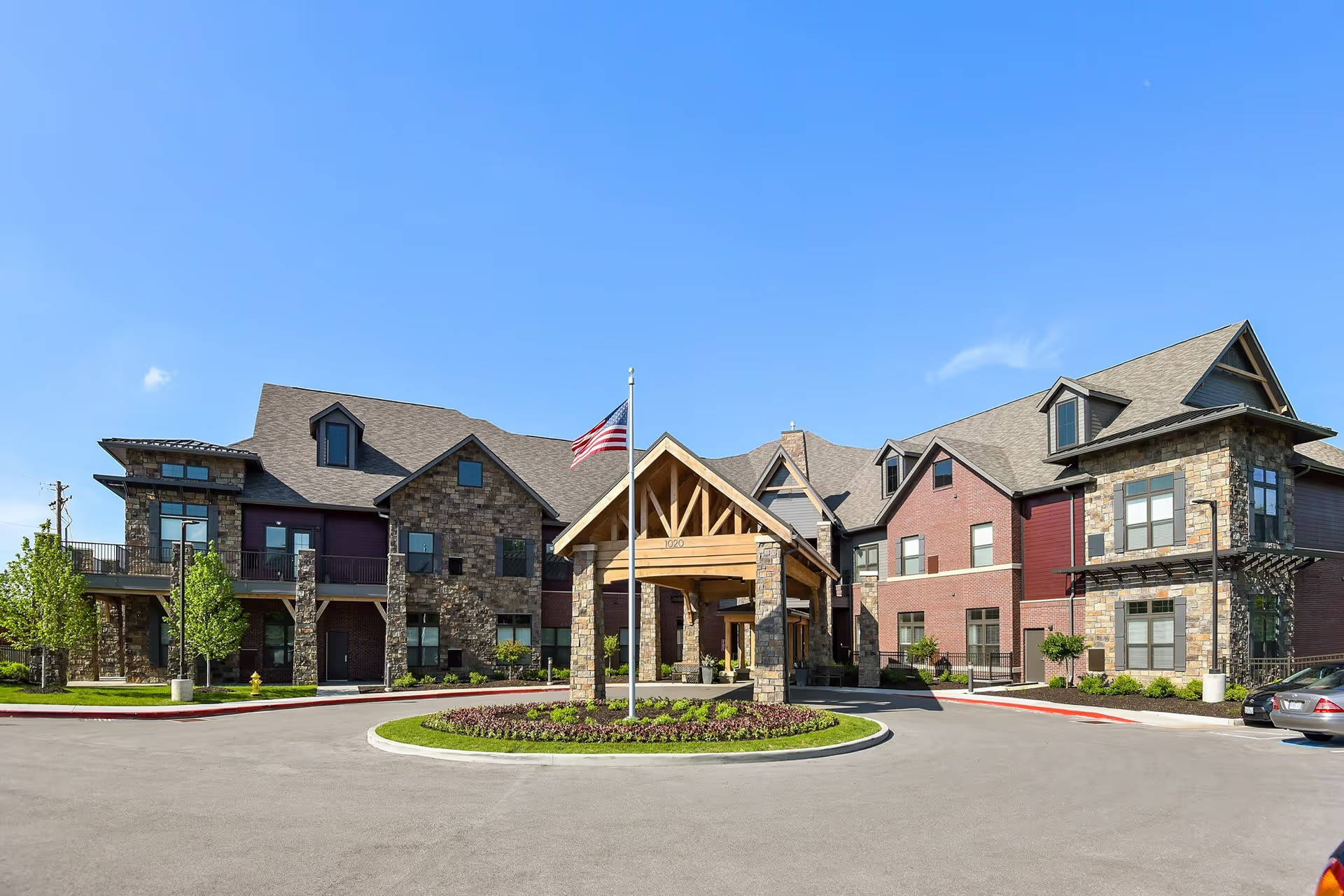Overall impression: The reviews for Stone River Post Acute present a strongly mixed and polarized picture. Many reviewers praise specific staff members, highlight excellent rehabilitation and therapy services, and describe a warm, family-like atmosphere. However, an equally large and vocal set of reviewers report serious safety events, medication errors, poor end-of-life care, and unprofessional or abusive conduct. These conflicting reports suggest uneven performance across departments and shifts, with rehabilitation and certain front-line employees frequently lauded while nursing, administrative follow-through, and safety systems are repeatedly criticized.
Care quality and clinical safety: Therapy and rehab services emerge as a consistent strength — multiple reviewers describe exceptional physical therapy and occupational therapy, with specific staff named for delivering encouraging and effective care (for example, Flo and other rehab team members). Conversely, clinical safety and basic nursing care show recurrent and serious problems in a substantial number of reports. Medication errors (including attempts to give wrong meds), delayed or missing medications, and failure to follow doctor orders are explicitly mentioned. Several reviewers connect poor care to adverse clinical outcomes (severe anemia, dehydration, UTIs progressing to sepsis) and even ICU transfers. End-of-life care is a major area of concern: there are multiple accusations of residents dying alone, families not being notified, hospice coordination failures, and denied visitation or prayer at the bedside. These accounts describe both lack of symptom control (pain not addressed) and perceived neglect, which are among the most serious quality issues raised.
Staff behavior, personnel, and communication: The staff narrative is highly divided. Many reviews single out compassionate, dependable caregivers and CNAs (Inez/Inezz, Leetta and others), attentive nurses and techs, caring social services (Tamara), and engaged leadership (named DON Sequoia and other administrators) — reviewers attribute significant positive outcomes and family reassurance to these people. At the same time, there are numerous reports of rude, confrontational, or unprofessional behavior from other staff members, as well as claims of incompetent or inattentive nursing. Communication with families is inconsistent: some families report clear, helpful communication, especially around hospice discharges and home transitions; others report not being informed about critical changes in condition, not being allowed to visit, and being blamed or shut out. This inconsistency indicates variability by shift, team, or individual rather than uniform practice.
Facility, dining, and daily living environment: Several reviewers note facility shortcomings — the building is described as old by some, rooms and bed/bedding issues (no bed pads, wet sheets), rickety wheelchairs lacking brakes, and rehab rooms adjacent to nursing home rooms creating an awkward layout. Dining repeatedly appears as a problem area: numerous comments describe poor-quality food (including burned items), food not being accommodated to dietary needs, or institutional-tasting meals; however, a few reviews describe the dining service as acceptable for an institutional setting. Activities and atmosphere receive some positive remarks (bingo, rehabilitation-focused programming), which aligns with the strong rehab reputation.
Operations, staffing levels, and management: Many complaints reference understaffing, long wait times for assistance, delayed call-light responses, and CNAs being overworked. Administrative issues surface as well — mishandled records, inefficiencies, inconsistent policies, and failure to follow through on commitments are documented. Conversely, several reviews praise new management and describe notable improvements under new ownership, including innovations and building improvements. This points to a facility in transition: some families see meaningful positive changes while others continue to experience longstanding operational problems.
Patterns and notable contrasts: There is a clear pattern of excellent rehabilitation care and heroic-sounding individual staff members contrasted with alarming reports of medication mistakes, poor nursing oversight, and substandard end-of-life care. Praise often centers on named individuals who provided compassionate, reliable care; criticism frequently centers on systemic failures (staffing, communication, medication safety) and isolated but severe incidents (hospital transfers, deaths without family notification). Reports of hospice coordination vary — in some cases there was clear communication and a supportive transition home with hospice, while others describe hospice mishandling and inadequate symptom management.
Implications for families and recommendations: Given the mixed feedback, prospective residents and families should weigh the facility's strong rehabilitation capabilities and the presence of many caring staff against documented safety and communication concerns. Important questions to ask on tour or before admission include: current staffing ratios by shift (particularly CNAs and licensed nurses), medication-safety protocols and recent incident reports, hospice and end-of-life policies (visitation, family notification), how dietary needs are accommodated, and what changes new management has implemented and measured. If considering Stone River Post Acute for rehab, families may find it well suited when the skilled therapy team is involved, but they should remain vigilant about nursing oversight, medication administration, and end-of-life planning.
Bottom line: Stone River Post Acute appears to offer strong rehabilitation services and has many committed, compassionate employees who make a measurable difference for residents. At the same time, repeated reports of medication errors, poor nursing responsiveness, end-of-life failures, understaffing, and facility deficits are serious and recurring concerns. The overall picture is one of a facility with notable strengths in therapy and individual caregivers but with significant, sometimes dangerous inconsistencies in clinical care, communication, and operations that should be carefully investigated and monitored by families and referring clinicians.







